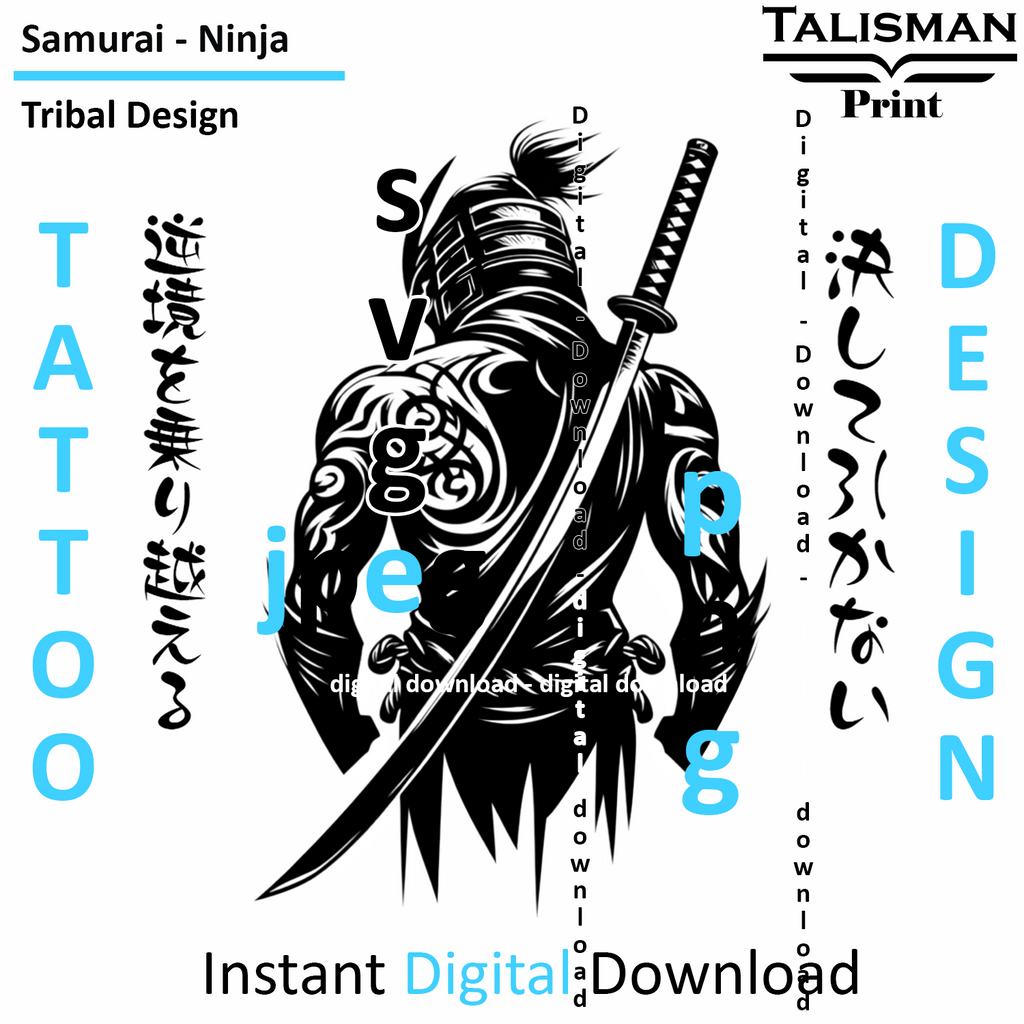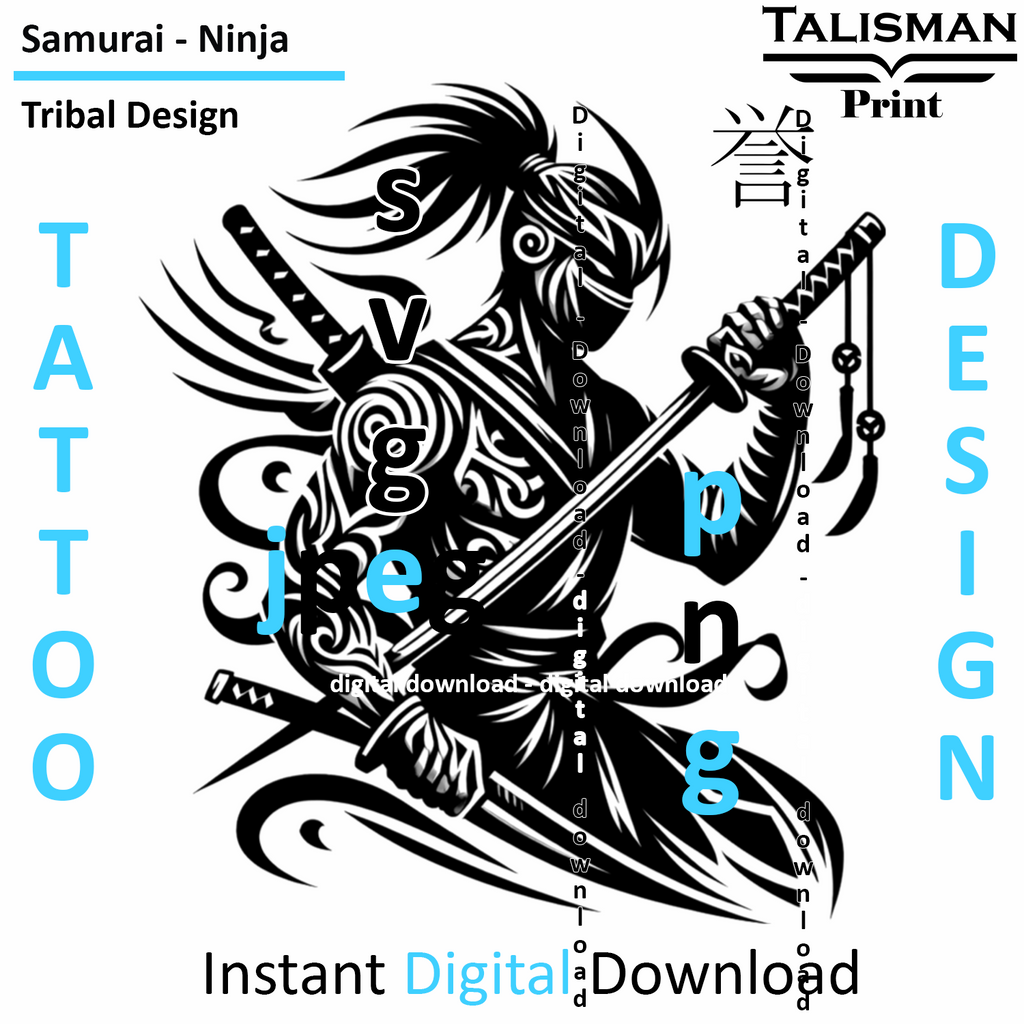
The Rise of the Samurai: A Complete Guide to Their Origins and Early History

Introduction
The samurai are often romanticized as Japan's noble warriors, embodying honour, skill, and discipline. But their rise was not the product of one moment it was a centuries-long evolution rooted in political instability, military necessity, and shifting social structures. From local guards in Japan’s provinces to national power brokers, the rise of the samurai reshaped Japanese society.
In this comprehensive guide, we will explore the origins and early development of the samurai from the late Nara period through the establishment of the Kamakura shogunate. We will analyse the factors that led to their emergence, their growing influence during the Heian era, and the critical wars and social changes that elevated them to ruling class status.
This article is divided into thematic and chronological sections, covering historical context, political conditions, social changes, military developments, and key individuals and events that propelled the samurai to power.
Chapter 1: Historical Background – Pre-Samurai Japan
The Nara Period (710–794 CE)
During the Nara period, Japan adopted many aspects of Chinese governance and culture, including a centralized bureaucracy modeled after the Tang dynasty. The aristocratic class controlled the imperial court, and military needs were largely handled through conscripted peasant soldiers called ebei. However, this system began to fail in remote regions, where court influence was weak.
Challenges to Central Control
As Japan expanded into northern Honshu, conflicts with the indigenous Emishi people required more capable and localized military responses. The court began relying on powerful provincial families—often former aristocrats—who could maintain order and fight off resistance. These families began to form private militias, sowing the seeds for a warrior class.
Chapter 2: The Heian Period – The Birthplace of the Samurai
Weakening of the Central Government
The Heian period (794–1185 CE) marked the shift of Japan’s capital to Kyoto and the dominance of the Fujiwara clan, who controlled imperial politics through regency. However, over time, centralized power eroded. The court struggled to collect taxes and maintain military presence in distant provinces.
The Shoen System
One of the most critical developments was the rise of the shoen, or private land estates. These estates were exempt from imperial taxation and often controlled by absentee landlords. To manage these estates and protect them from bandits or rival claims, landholders hired bushi, or warriors, giving rise to a proto-samurai class.
Rise of the Bushi
The bushi developed their own codes of loyalty and martial skill. They were not a formal class yet, but a distinct military class was beginning to form. They were loyal to local lords rather than the emperor, marking a fundamental shift in power dynamics.
Chapter 3: Clan Rivalries and the Path to Conflict
The Minamoto and Taira Clans
Two powerful warrior clans emerged as dominant players during the late Heian period: the Minamoto (Genji) and Taira (Heike). Both descended from imperial princes, these clans were granted provincial positions and accumulated military and economic power.
The Hōgen and Heiji Rebellions
The growing militarization of politics became evident in the Hōgen Rebellion (1156) and the Heiji Rebellion (1160), in which the Minamoto and Taira clans fought for control of the imperial succession. These conflicts showcased the new political role of warriors and set the stage for larger confrontations.
Chapter 4: The Genpei War – The Samurai Take Control
Overview of the War
The Genpei War (1180–1185) was a nationwide conflict between the Minamoto and Taira clans. Sparked by imperial succession disputes, the war lasted five years and culminated in a decisive shift of power.
Major Battles
- Battle of Uji (1180): First major battle, marking the beginning of the war.
- Battle of Ichi-no-Tani (1184): A critical victory for Minamoto no Yoshitsune.
- Battle of Dan-no-ura (1185): Final naval battle, where the Taira were defeated and the child emperor Antoku drowned.
Outcome
Minamoto no Yoritomo emerged victorious and was granted the title Sei-i Taishōgun (Barbarian Subduing Generalissimo), marking the start of the first shogunate and the formal rule of the samurai class.
Chapter 5: The Kamakura Shogunate – Consolidating Power
Establishment of a Military Government
In 1192, Yoritomo established the Kamakura shogunate, Japan’s first military government. Though the emperor remained a figurehead, true power rested with the shogun and his warrior bureaucracy.
New Institutions
- Bakufu: The shogunate's military government headquartered in Kamakura.
- Shugo and Jitō: Military governors and estate stewards appointed to maintain order and collect taxes.
Codification of Warrior Roles
For the first time, the samurai class had legal recognition and institutional authority. Their loyalty was directed toward their shogun rather than the emperor, formalizing their shift in allegiance.
Chapter 6: Cultural and Social Transformation
The Warrior Ethos
Samurai identity coalesced around ideals of bravery, loyalty, and martial excellence. Although Bushido would not be formalized until later, the foundations were laid in this period.
Role of Religion
Zen Buddhism gained popularity among the warrior class for its focus on discipline and meditation. Shinto and Confucian ideals also influenced emerging samurai ethics.
Chapter 7: Women and the Samurai Class
Onna-bugeisha
Although largely male-dominated, the early samurai class did include Onna-bugeisha, or female warriors. Women like Tomoe Gozen played key roles in combat and estate management.
Changing Roles
As samurai society evolved, women's roles became more domestic, but they remained important in defending family honour and estates in times of war.
Chapter 8: Legacy of the Early Samurai
Social Restructuring
The samurai replaced the aristocracy as the dominant class, fundamentally changing Japan’s social hierarchy. They became both warriors and administrators, setting the stage for centuries of samurai governance.
Cultural Influence
The samurai began to influence literature, arts, and customs. Tales of their battles and loyalty became central themes in Japanese storytelling.
Frequently Asked Questions (FAQ)
1. When did the samurai first appear?
The roots of the samurai go back to the late Nara and early Heian periods, but they became a distinct class during the late Heian period, especially with the rise of the shoen system.
2. Why did the samurai become powerful?
The decline of centralized authority and the need for local military protection allowed warrior clans to gain power and influence, eventually surpassing the aristocracy.
3. What was the role of the emperor during the samurai rise?
The emperor remained a symbolic and religious figure, but real power shifted to military leaders, particularly after the Genpei War and the formation of the Kamakura shogunate.
4. How did the Genpei War shape Japanese history?
It ended the dominance of the Taira clan, elevated the Minamoto, and led to the creation of Japan’s first military government, laying the groundwork for feudal rule.
5. Did the early samurai follow Bushido?
Not formally. The ethical code of Bushido developed later, but early samurai valued loyalty, bravery, and martial skill, which later informed Bushido principles.
Conclusion
The rise of the samurai was not a sudden phenomenon but the result of centuries of political, social, and military transformation. From provincial enforcers to national leaders, the samurai rose to dominance by adapting to the needs of a decentralized Japan. Their story is one of resilience, strategy, and shifting power structures, and it laid the foundation for a warrior-led Japan that would persist for over 600 years.
Understanding this early history is crucial to appreciating the samurai’s later roles and the development of Japanese culture, governance, and identity.







































